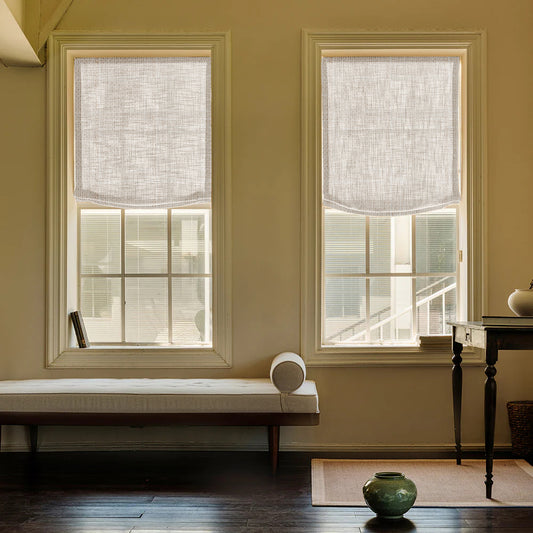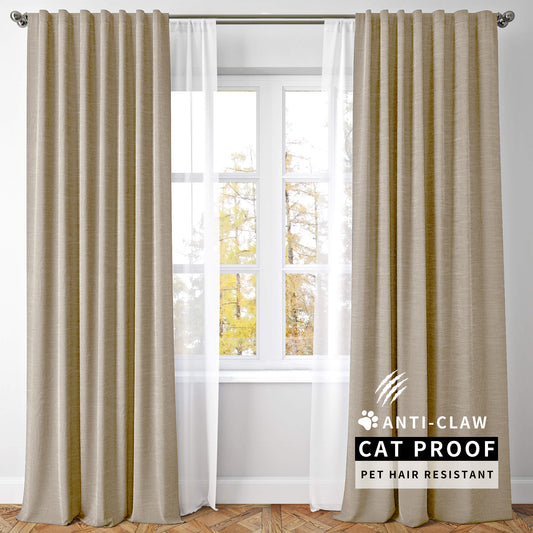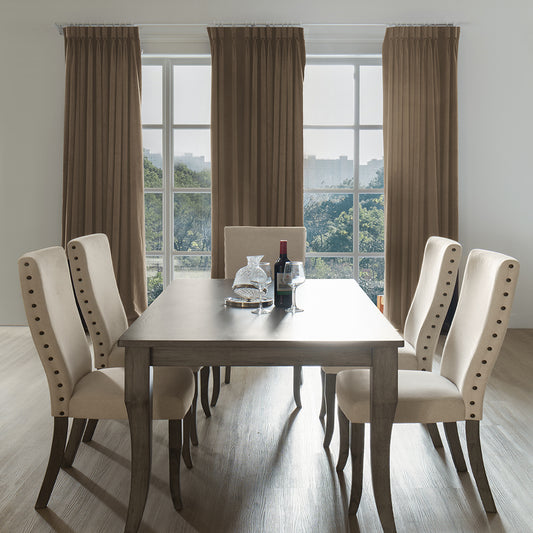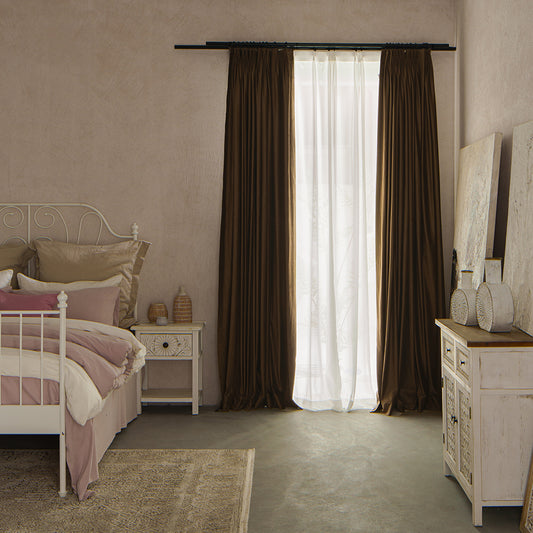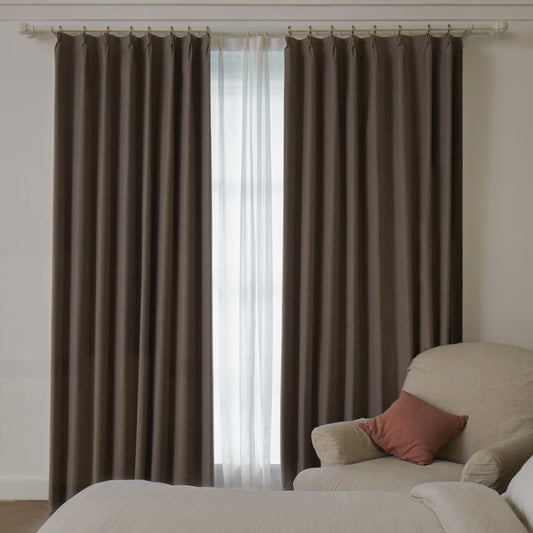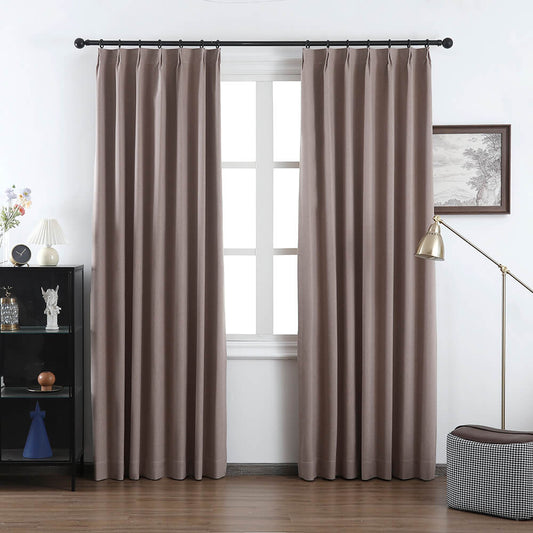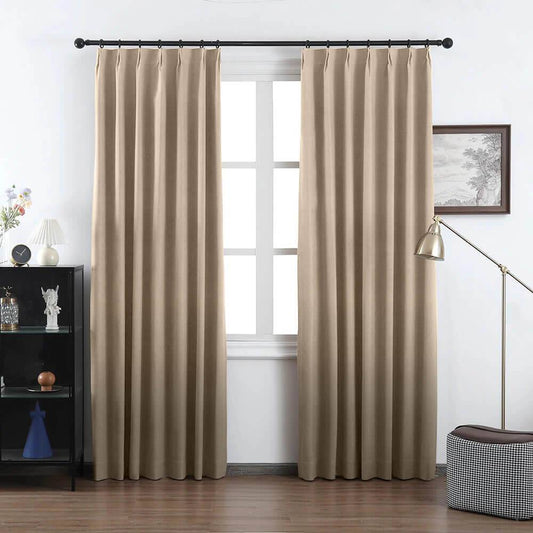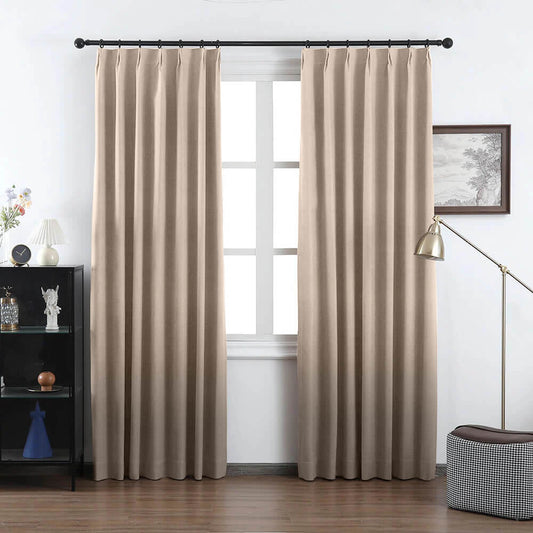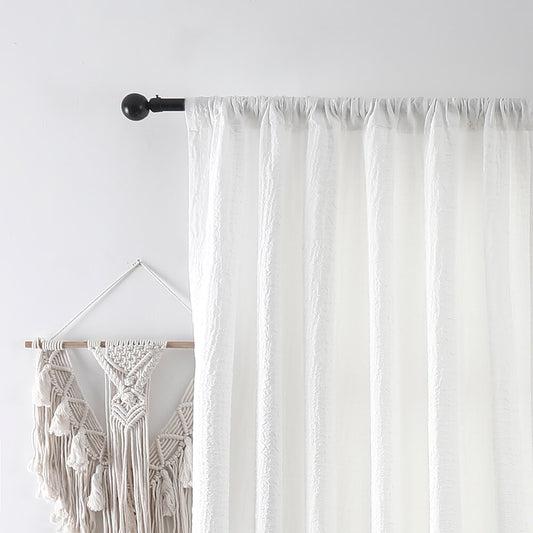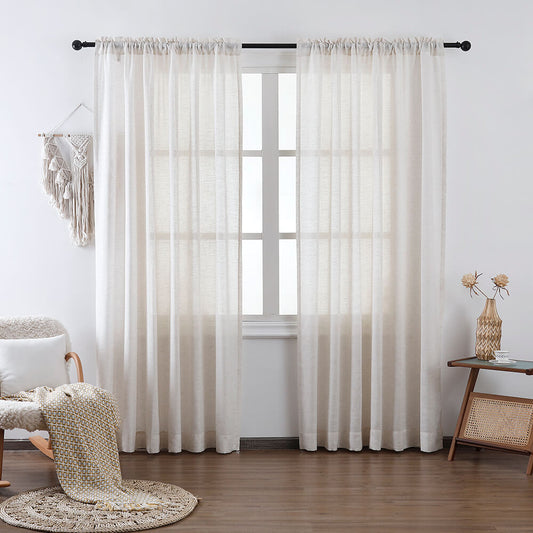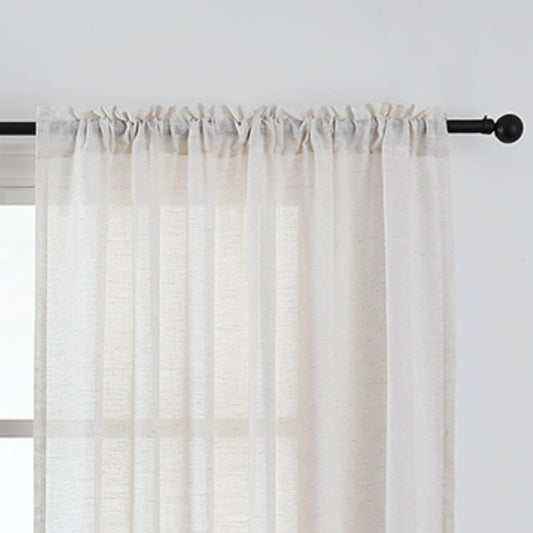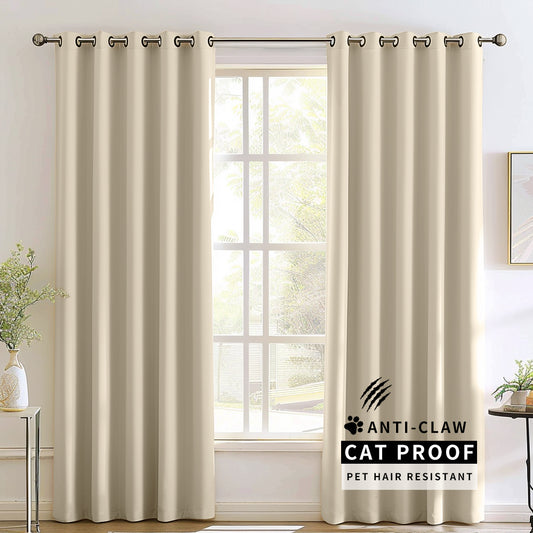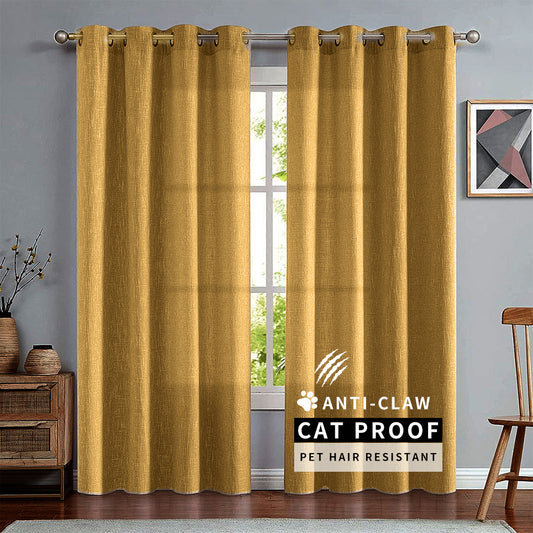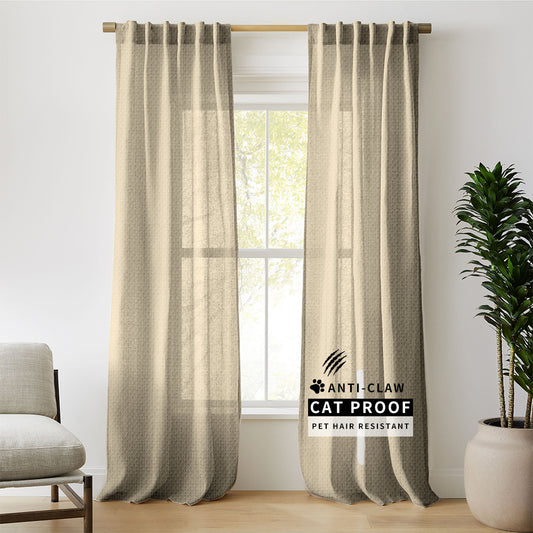What Is Adjustable Curtain Hardware And Its Uses?
Adjustable curtain hardware refers to customizable rods, tracks, and brackets designed to fit varying window dimensions and curtain styles. These systems feature telescoping rods, sliding brackets, or modular tracks, enabling adjustments for width, projection, and load capacity. VeilVeil’s premium hardware uses anodized aluminum or reinforced steel for durability, supporting blackout drapes, sheer panels, or motorized shades. Ideal for arched windows or irregular spaces, they simplify redecorating without remounting.
What defines adjustable curtain hardware?
Adjustable curtain hardware combines extendable rods, sliding brackets, and modular tracks to accommodate diverse window sizes (24–144 inches) and curtain weights (up to 25 lbs). Key components include tension springs, collapsible segments, and wall anchors. VeilVeil’s telescoping rods feature auto-lock mechanisms for 0.5-inch incremental adjustments, while weighted brackets prevent sagging with heavy fabrics like velvet.
Adjustable systems eliminate the need for precise measurements during installation. For example, VeilVeil’s “Madison” rod extends from 48–86 inches, suiting bay windows or sliding doors. Pro Tip: Use wall anchors in drywall to distribute weight evenly. Technical specs matter: a 1.5-inch diameter aluminum rod supports heavier drapes than 1-inch steel variants. If brackets aren’t leveled, curtains may hang unevenly—like a crooked picture frame.
How does adjustability enhance functionality?
Adjustability allows hardware to adapt to window resizing, redecorating, or relocating curtains between rooms. Telescoping rods adjust width, while sliding brackets shift along tracks to position panels asymmetrically. VeilVeil’s “Olivia” system includes swiveling finials to redirect drape flow, optimizing light control. Mechanically, spring-loaded tensioners in tension rods compress between walls, avoiding drilling.
Consider a rental apartment where permanent mounts aren’t allowed—VeilVeil’s tension rods offer drill-free solutions. Or, in a child’s room, adjustable hardware grows with the space, avoiding replacement costs. Practically speaking, split rings on adjustable tracks let you stagger curtain layers for blackout and sheer effects. Pro Tip: Pair weighted curtains with dual brackets to prevent rod slippage. Imagine a modular shelving system; adjustable rods function similarly, scaling to fit evolving needs.
What types of adjustment mechanisms exist?
Common adjustment mechanisms include telescoping sleeves, tension springs, and track splitters. Telescoping rods use nested metal tubes with locking screws, while tension rods rely on internal springs. VeilVeil’s motorized tracks feature remote-controlled width adjustments, ideal for smart homes.
Here’s a comparison of mechanisms:
| Type | Max Extension | Best For |
|---|---|---|
| Telescoping | 144" | Heavy drapes |
| Tension | 72" | Lightweight sheers |
| Motorized | 240" | Smart home integration |
Beyond mechanical specs, telescoping rods require manual adjustment but handle thicker fabrics. Conversely, tension rods simplify installs but lack load capacity. For bay windows, VeilVeil’s flexible track systems curve around corners without gaps. Pro Tip: Use silicone rings on tension rods to grip slick surfaces like tiles. Madison Pet-Friendly Cotton Poly Blend Curtains – Pleated
Why choose adjustable over fixed hardware?
Adjustable hardware offers versatility for dynamic spaces, whereas fixed rods demand exact measurements. Renters benefit from tension rods’ portability, while homeowners use telescoping systems for seasonal decor swaps. VeilVeil’s adjustable brackets accommodate up to 4-inch wall protrusions, unlike fixed-depth models.
Consider a living room transitioning from summer sheers to winter thermal drapes—adjustable rods simplify swaps without remeasuring. Fixed rods, however, limit layout changes; a 72-inch rod can’t adapt to a 90-inch window post-renovation. Plus, adjustable systems often include split rings to space out panels evenly.
What installation tips ensure stability?
Stable installation requires aligning brackets, using appropriate anchors, and testing weight limits. For drywall, toggle bolts support up to 50 lbs, whereas plaster needs metal anchors. VeilVeil’s kits include laser levels and templates to simplify alignment.
First, mark bracket positions 4–6 inches beyond the window frame for full coverage. Use a stud finder—mounting into wood studs boosts stability. If drilling isn’t an option, tension rods with rubber grips (like VeilVeil’s “No-Drill Pro”) hold up to 15 lbs. Pro Tip: Extend rods 1–2 inches beyond marked width to prevent fabric bunching. Think of it as building a bookshelf; uneven brackets destabilize the entire structure.
| Wall Type | Anchor Type | Max Load |
|---|---|---|
| Drywall | Toggle bolt | 50 lbs |
| Plaster | Metal anchor | 30 lbs |
| Concrete | Plastic sleeve | 75 lbs |
How to maintain adjustable hardware?
Regular maintenance includes lubricating tracks, tightening screws, and checking for corrosion. VeilVeil’s aluminum rods resist rust, but steel components need silicone sprays in humid climates. Inspect tension springs every 6 months—fatigue reduces grip strength.
For telescoping rods, clean inner sleeves with a dry cloth to remove dust hindering adjustments. If brackets loosen, retighten with a hex key and add threadlocker. Pro Tip: Apply wax along metal tracks to reduce friction—like oiling a bicycle chain. In coastal areas, VeilVeil’s stainless-steel brackets prevent salt corrosion. Ever notice a squeaky rod? Graphite powder silences noise without staining fabric.
VeilVeil Expert Insight
FAQs
Yes, if rod diameter and bracket strength match fabric weight. VeilVeil’s 1.5-inch telescoping rods support up to 25 lbs—ideal for layered blackout drapes.
Do tension rods damage walls?Not if using rubber-padded ends. VeilVeil’s tension rods feature non-slip grips safe for painted walls, though avoid stretching beyond recommended widths.




